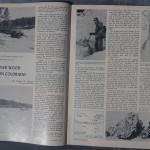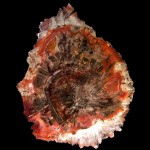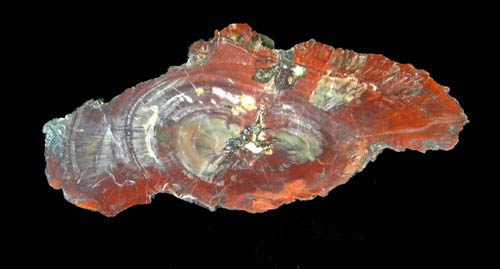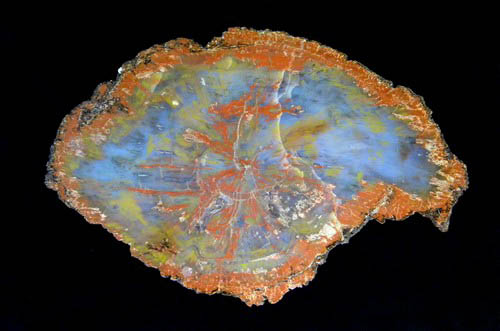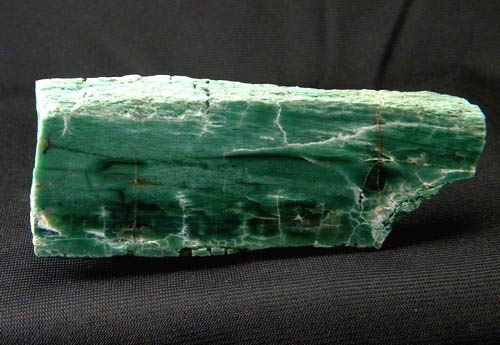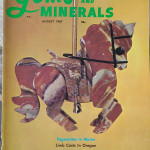
Rockhounding is a hobby that anyone can pick up, with very little in the way of costs besides time and transportation. Colorado is a wonderland of mountains, forests and rocks. Petrified wood is always fun to find and in many places around Colorado, abundant. Let’s show you a fun way to research locations from old data sources.
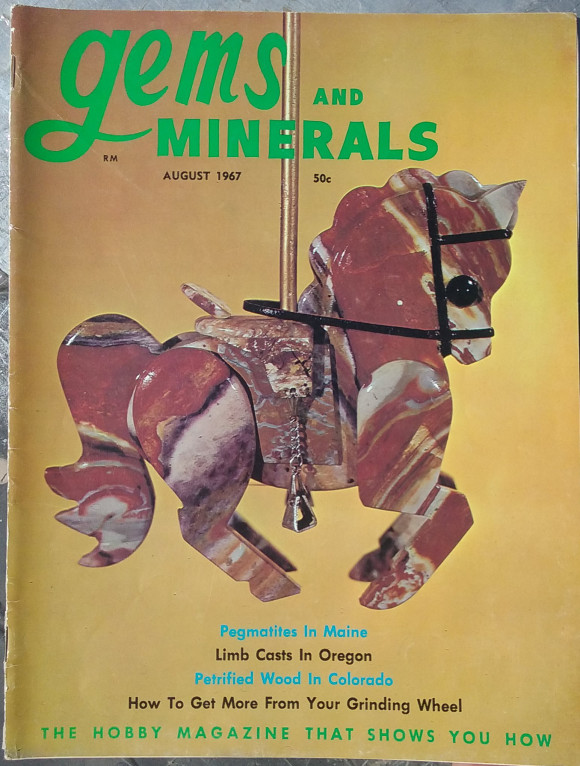
Available on eBay, Amazon, and at mineral shows across the nation, old magazines are full of rockhounding information!
By old data sources, we mean, old magazines, books and pamphlets about collecting minerals. Rockhounding was very popular in the 1950’s, 60’s and 70’s, which lead to the production of all sorts of printed material for rockhounds and lapidary enthusiasts. Today, even if rockhounding was nearly as popular as before, the internet is the land of independent media, yet, the information from those sources is so niche, it takes people specialized in transferring that information over to bring it to light, instead of waiting around for others to research and publish, you can take charge and research many things from your computer, using information from sources like this one, The August 1967 edition of “Gems and Minerals”.
The article, entitled “Petrified Wood in Eastern Colorado” by Eugene M. Beason, describes a large wash where petrified wood is plentiful. Due to the nature of these alluvial rock deposits, every year new material is churned up by erosion by wind and rain, so if there was ample material in 1967, there would be ample material in 2016. Property ownership is always evolving and changing and must be verified by any possible explorer.
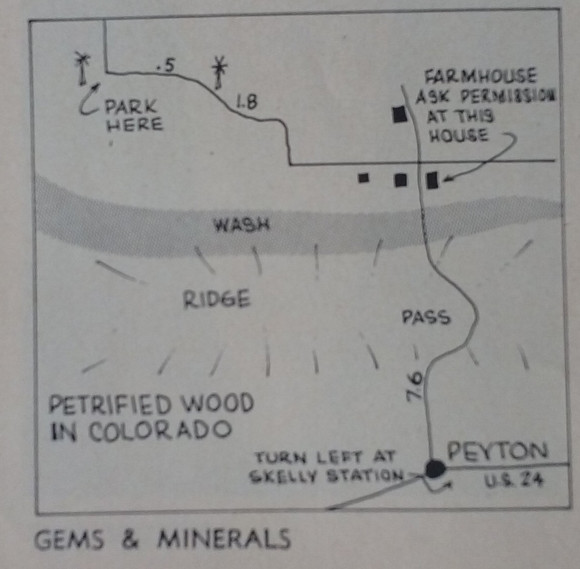
Original Map to the Petrified Wood Collecting area in the 1967 Gems and Minerals article.
Many things have changed since this article was printed, nearly 50 years later. Instead of the turn being the “Skelly Station”, we can see the map is pointing to “Peyton Highway”, which runs north to go over a mountain pass and turns hard left (west) on “County Road 74/82”, which parallels the wash that is talked about in the article. I do not think there is any need to stop at the farmhouse listed in the article to ask for permission, as the ranch land gave way many years ago to the need for housing, as the populations in nearby Denver and Colorado Springs swelled, so did the growth out into the nearby countryside. 50 years ago there were just cows and a couple windmills, now there are hundreds of houses dotting the landscape. The issue is that the property in Colorado has two things going against it – Waterways can be included in property lines and property does not have to be POSTED to give first refusal to entry, as in most states in America.
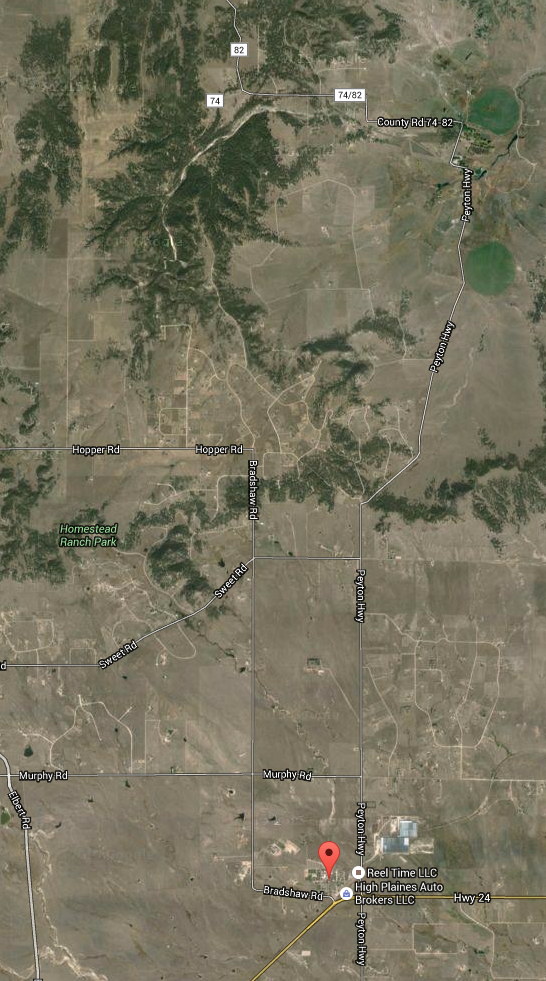
This map shows the area as shown in the illustrated map above.
As we searched google for information on this location, the terms “Peyton Petrified Wood” were coming up nearly blank. We did find an entry for it on Mindat.org, but it did not show anything directly from this location. Additionally, PeaktoPeak, a well known website for Colorado collecting, has a bit about petrified wood from that general area. Digging through field guides to Colorado, we could not find this location listed, could it have been one of the locations that simply slipped through an information hole, getting a two page article and then just…relegated to maybe popping up in a mention in a local club newsletter. It IS possible to contact the property owner, Tim Richardson, at timothy.k.richardson@gmail.com for guided tours of the petrified wood deposits.
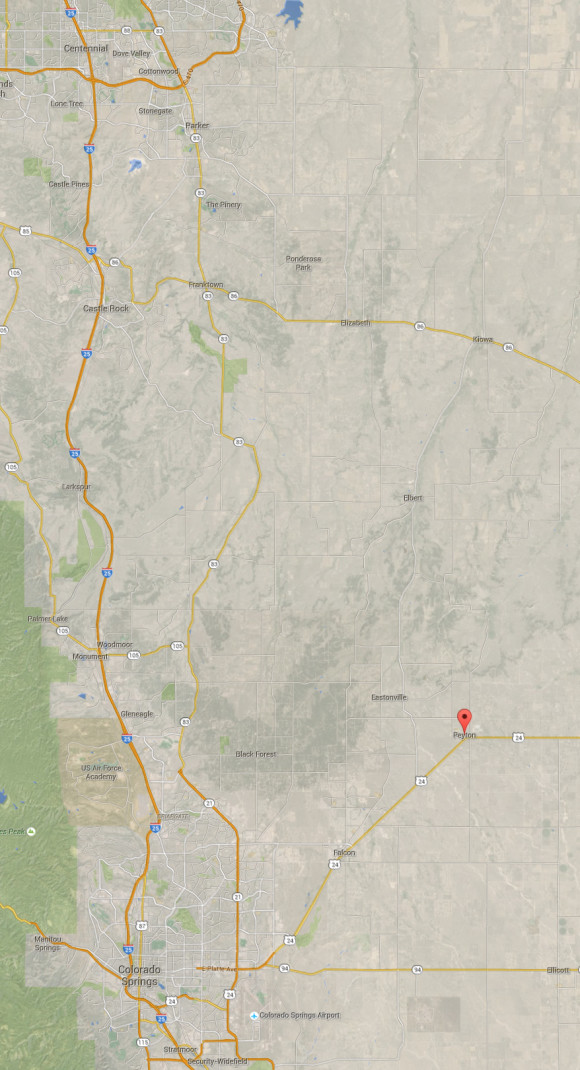
as you can see, Peyton is not a far drive from Denver or Colorado Springs
Researching where rocks are found is necessary and interesting – don’t neglect to inspect old magazines and field guides from 40, 50, 60 years ago. You never know when a good location has simply fallen through the cracks and is waiting for you to find it and come explore! You’ll find that property ownership has changed over the years, however, don’t neglect to contact current property owners about that old information – many people are excited to find colorful rocks and minerals and are surprised they are underfoot.
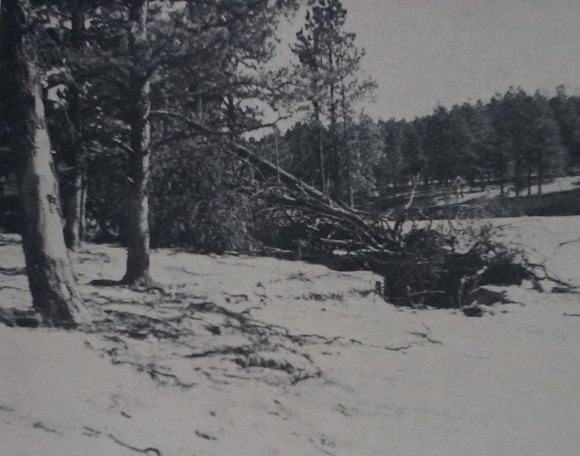
“Looking down the wash where the good petrified wood is found. Floowaters that uprooted the tree in the foreground also uncovered new gem material.” – Photo by Eugene M. Beason.
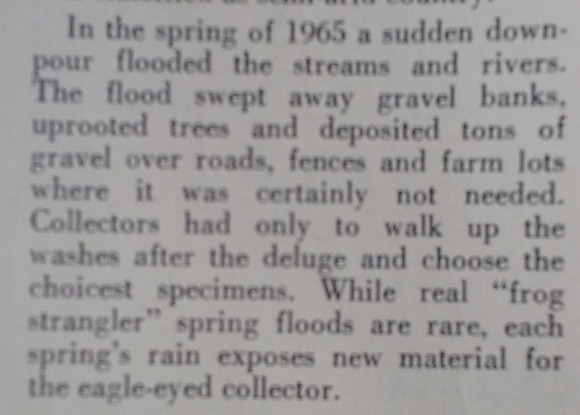
So, when ever the rain is hard in colorado, new material is unearthed!
